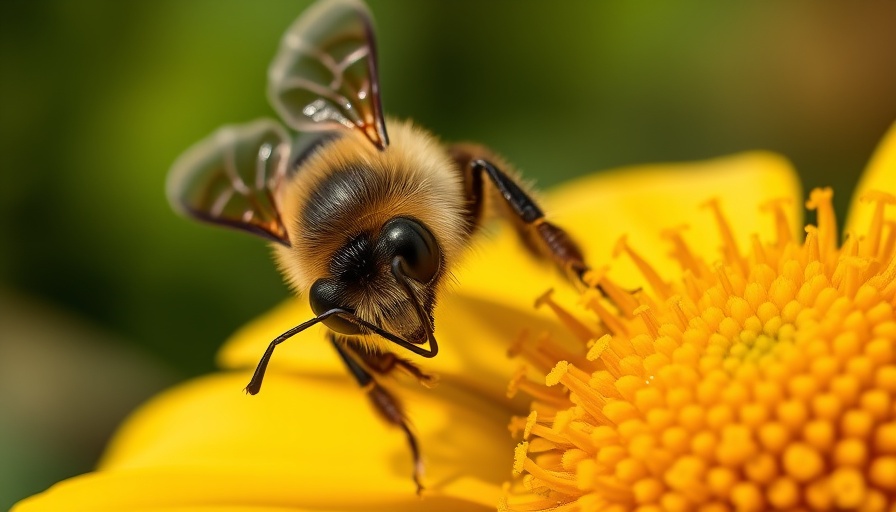
Creating a Sanctuary: The Importance of Habitat Gardens
As the world continues to grapple with urbanization and climate change, many individuals find themselves questioning how they can contribute positively to their environment. One practical yet impactful solution lies in creating a habitat garden. These unique spaces not only enhance the beauty of your yard but also work to preserve and promote biodiversity. Why exactly should you be interested in establishing such a garden?
Why Habitat Gardens Matter
A habitat garden serves as a refuge for wildlife that is increasingly under threat from human activities. According to Nancy Bauer’s insightful book, “The California Wildlife Habitat Garden,” many species face dwindling populations due to habitat loss caused by roads, agriculture, and urban expansion. If you love the sight of hummingbirds sipping nectar from your salvias or the fluttering presence of monarch butterflies, creating a habitat garden can turn that admiration into a protective action.
Getting Started: Your Action Plan
Transforming your garden into a haven for birds, bees, butterflies, and other beneficial insects can be an exciting endeavor. Start with native plants such as salvia, milkweed, and coffeeberry. These species are critical for attracting local wildlife. Additionally, including flowering plants such as sunflowers, verbena, and spicebush not only adds aesthetic appeal but also provides essential food and habitat for various creatures. To be truly effective, your garden must provide three main elements: food, water, and protection. A small bird bath or pond can offer hydration, while shelters such as brush piles or taller grasses can help protect wildlife from predators.
Emphasizing Biodiversity: The Bigger Picture
By creating a habitat garden, you are engaging in conservation efforts that resonate on a larger scale. As communities work collectively to increase green spaces filled with diverse plants, the cumulative effect can foster healthier ecosystems. In turn, this leads to a balanced environment where flora and fauna coexist harmoniously.
Community Benefits: Building Bonds Through Gardening
Habitual gardening cultivates not just plants, but also community ties. Consider organizing a local garden club or community planting day, where residents can collaboratively create habitat gardens in shared spaces. These initiatives can strengthen community bonds while educating participants about the importance of biodiversity.
Future Trends in Gardening
As cities adapt to climate change, there is a growing trend towards promoting self-sustaining landscapes. Habitat gardens exemplify this transition, allowing flora and fauna a safe space to thrive. By taking part in this movement, you contribute to a healthier future, embracing the role of stewards of the environment.
How to Enhance Your Garden for Success
The journey into habitat gardening doesn’t stop once your plants are in the ground. Maintenance is vital, including watering, mulching, and trimming. Additionally, consider avoiding pesticides, which can harm beneficial insects. Regularly checking on the health of your plants and the wildlife they attract will ensure that your garden remains vibrant and life-sustaining.
So why wait? Start today! In addition to beautifying your home, you will contribute to local conservation efforts while bringing joy to your yard.
 Add Row
Add Row  Add
Add 




 Add Row
Add Row  Add
Add 

Write A Comment